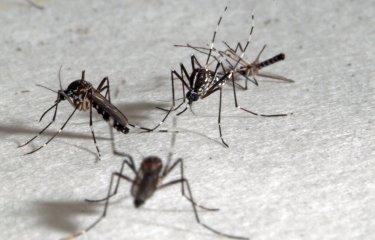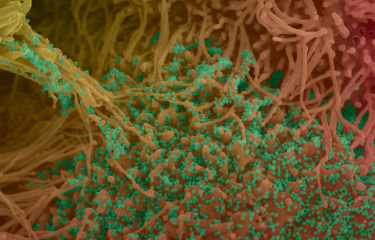What are the causes?
Chlamydia is caused by Chlamydia trachomatis, a bacterium specific to humans which can only develop by infecting cells.
How do the bacteria spread?
The bacteria are transmitted sexually, during vaginal, oral and anal sex. They develop in cells on the surface of infected tissues.
What are the symptoms?
Most genital infections are asymptomatic. Symptoms experienced by women several weeks after infection include pain during urination or sexual intercourse, yellowish or bloody vaginal discharge, and stomach aches. Symptoms of infection in men include a prickling or burning sensation when urinating or a whitish discharge around the penis or rectum. Infected individuals can transmit the infection during sexual intercourse even if they are asymptomatic. Contact with infected secretions can also lead to the bacteria infecting and proliferating in the conjunctiva of the eye, resulting in conjunctivitis.
The long-term complications of chlamydia are particularly concerning for women. Untreated chlamydia infections can result in inflammation of the uterus and fallopian tubes, causing infertility or ectopic pregnancy. Chlamydia infections may also be passed on from mother to baby at birth, causing pneumonia or eye infections in newborns (conjunctivitis). Untreated chlamydia infections in men can cause inflammation of the prostate, testicles or epididymis. Chlamydia infections expose both women and men to increased risk of HIV infection.
How is infection diagnosed?
Chlamydia infections are diagnosed in medical testing laboratories through PCR testing of urine samples or samples taken from affected organs (urethra, vagina, rectum, throat), with the latter method being the most effective. A clinical examination can also help to establish a diagnosis.
What treatments are available?
Treatment consists of tetracycline antibiotics (a one-week course of doxycycline) or macrolide antibiotics (a single dose of azithromycin). It is important to wait for seven days before engaging in sexual intercourse, or to use a condom.
How can infection be prevented?
As with all sexually transmitted infections, systematic condom use is the main means of preventing chlamydia infection (even during oral sex).
There is no vaccine against Chlamydia trachomatis infection. To break the chain of infection, diagnosed individuals should alert recent sexual partners (dating back one month) so that they can be tested.
How many people are affected?
Chlamydia infection affects the entire global population, with over 120 million estimated cases every year worldwide. Young adults are most at risk, with approximately two-thirds of cases in people aged 15 to 25.
June 2024




